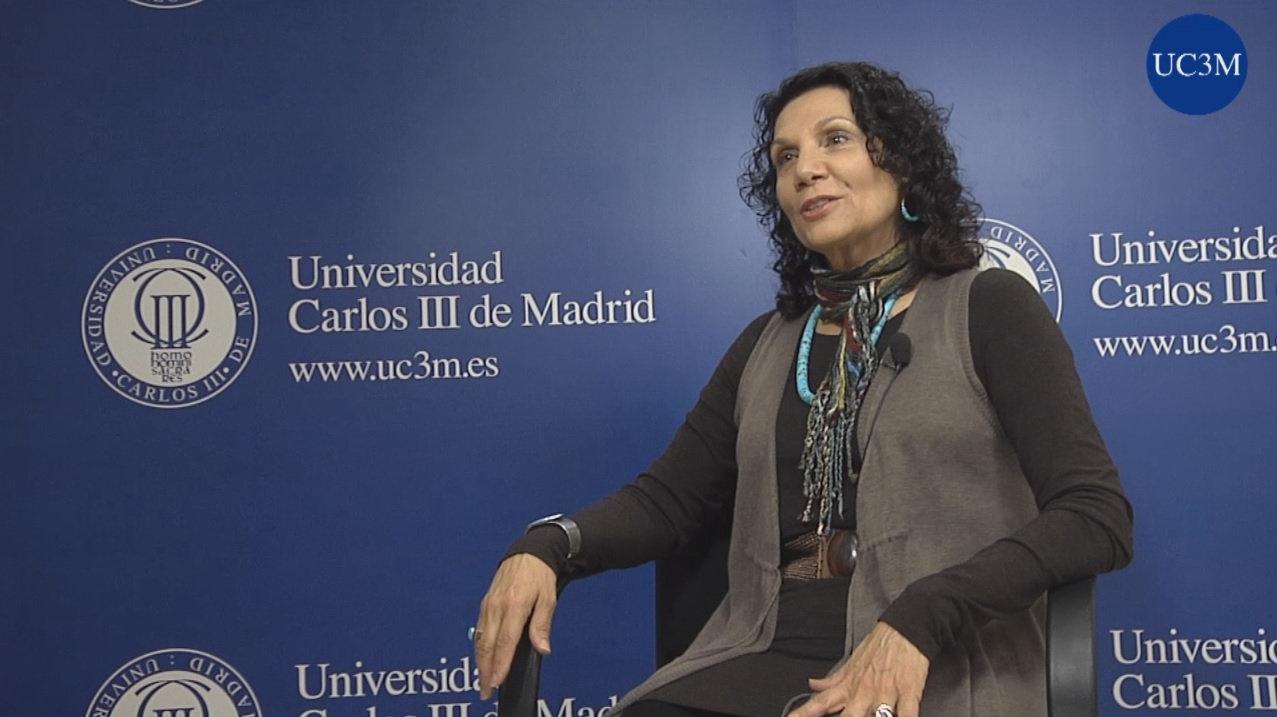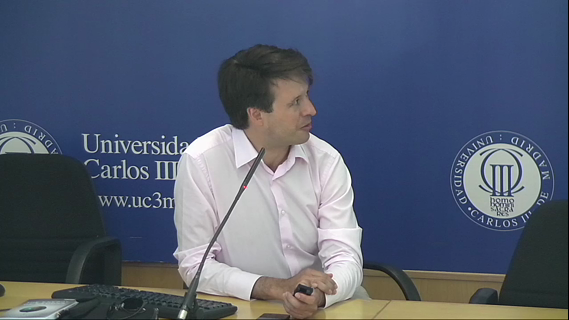«Can Statistics Be Fun?» by Paul Eilers.
Most scientists and almost all students will say: No! They all remember how they had to learn obscure recipes that lead to a mysterious number, the ’p-value’, pretending that you are ‘testing a hypothesis’. Yet the scientists stick with these recipes, because a p-value below 0.05 is ‘significant’. Once you have this mark of approval you don’t have to worry anymore about relevance, which makes publishing your research much more easy.
In this talk I want to show the other side of modern statistics, and what makes it interesting, useful and even fun to do. The goal there is to extract the signal from the noise, to show meaningful patterns and to visualize relationships.
Modern statistics is impossible without modern computers and software. I will show a glimpse of the wonderful tools that can be available on every desktop, for free. But although computers get faster every year, we still have to take care of efficient computing, especially for “big data”.
I will show practical examples, which partly are inspired by the long-standing cooperation with Maria Durbán of the Statistics Department of this university. The subjects come from human mortality, agricultural field trials, physical instruments and microbiology. You will sees how splines, penalized likelihood and mixed models form a flexible and powerful toolbox that can solve many smoothing problems.





